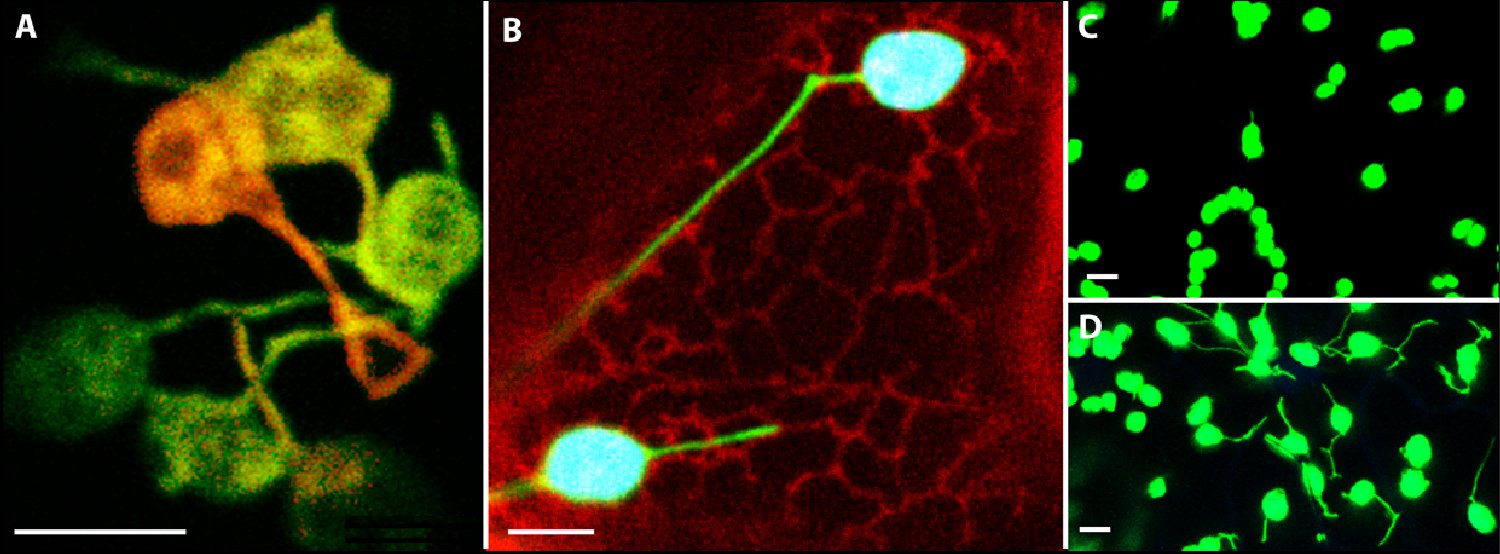Martin Schattat
Dr. Martin Schattat
Kurt-Mothes-Straße 3
06120 Halle (Saale)
phone: +49 (0) 345-55 26286
martin.schattat@pflanzenphys.uni-halle.de
Plant cell organelles are highly dynamic, are repositioned according to changes in the environment and are flexible in their morphology, which can change dramatically within seconds.
The key question is: To what extent is shape and position affecting the functionality of organelles?
Plastids are directly responsible for the autotrophic nature of plants and consequently have pivotal roles within multiple plant specific biosynthetic pathways. A morphologic theme common to all plastid forms is the formation of tubular membrane extensions. Although the formation of these tubules (stromules) appears to be tightly regulated our current knowledge about their role for cell viability is very limited. Over the last century a large number of observations in most evolutionary related branches of the Viridiplantae have established that stromules are a general feature of plastids in this clade, further implying their importance to plant cell function. Observations of stromules are frequent under a variety of stress conditions and following treatment with hormones, indicating that stromules might reflect a short -lived response to stressful environmental conditions. These observations have not causally linked stromule formation to a specific sub-cellular state or a particular biochemical pathway in plants, which would contribute to a better understanding of stromule function.
The research of the group aims to a) investigate the fundamental basis underlying stromule formation, and function, and b) to identify genetic elements important for stromule regulation.
Plastids are our primary energy harvester, and in a world that is undergoing widespread environmental changes it becomes increasingly important to broaden our basic understanding of their response to stress. In a broader sense, understanding stromule formation has the potential to inform us about the mechanisms employed by eukaryotic cells to maintain an optimal subcellular milieu despite being challenged constantly by numerous environmental stresses.




